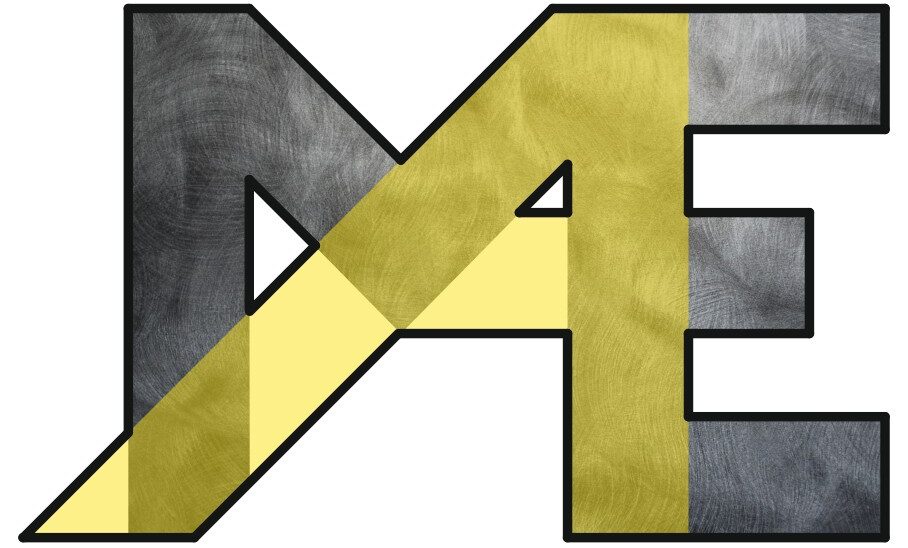MAE Program
MAE program consists of two majors: MESD and ASAE.
Program Objectives, Graduates’ Learning Outcome and Profile of Competence
MESD stands for Mechanical Engineering, Simulation and Design, but it actually means Design and Simulation in Mechanical Engineering. Design is often nowadays referred to as “Virtual product Development”, because by means of 3D-CAD, a “virtually real” model of the product to be developed is created which will behave realistically in the virtual environment created in highly integrated multi-physics simulation tools. Simulation in virtual product development ideally is like testing a prototype, just that the prototype doesn’t need to be built, which saves costs and allows experiments that would otherwise be unfeasible. Virtual product development encourages or accelerates innovations and makes the product and its development process more efficient and effective. However, especially as engineering software is getting more and more intuitive to use, there is an increasing danger of simulating unrealistic model behavior “that looks good on the screen”, resulting in flawed designs if the engineer makes wrong modelling assumptions or misinterprets the results as a result of lacking fundamental understanding. So, the potential of the virtual technologies is met with a risk.
ASAE has been designed to provide students with a system perspective of vehicles in general and depth within a focus area of vehicle safety, component testing and assessment. The fundamentals of vehicle systems and modules, passive and active vehicle safety technologies and crash prevention as well as the structural design for crashworthiness are the key subjects of this program. The students will also learn how to set up and use equipment for the experimental assessment of vehicle components (such as brake and transmission systems) and noise measurements. Regulations for emissions and automotive safety on both vehicle and component level are covered. Industry-standard computational simulation tools such as advanced human body models are taught and applied to simulate crash scenarios for the use in design for crashworthiness and vehicle assessment. Field trips to industry sites and other research institutions will further enhance the students’ practical skills and insights. The balance of theory and practice ensures the graduates’ capability for a career in the automotive industry or research domain.
Our program therefore aims at creating competence:
MESD
• Design, its theories and methodologies depending on the domain (investment goods, consumer goods, transportation)
• The application of state-of-the-art virtual development tools (design and simulation) and
• The scientific fundamentals needed to set up simulations adequately and to interpret and validate the results appropriately
Graduates from the program will be competent to take the technical and organizational responsibility for the development of technical products or systems in all industries of industrial goods, consumer goods and automotive/transportation. Graduates will be competent to realize the critical aspects of technical concepts, formulate adequate tasks to research these aspects and perform necessary studies by means of fundamental engineering methodology as well as computer-based simulations. This competence covers the static and dynamic behavior of solid materials and fluids in technical systems. Depending on the chosen study course, each graduate might have an individual emphasis in one of the mentioned fields.
While the focus is to qualify students for such careers in industry, graduates might also become experts in simulation and experimental research in the domains featured in the program.
ASAE
Motorised vehicles have become essential for mobility in an expanding society. Safety is one of the crucial aspects that needs to be considered in the design and development of vehicles. Vehicle safety performance should integrate good performance of structural crash worthiness, injury protection, accident prevention and brake systems. Advanced safety technology is needed as well as the safety performance assessment of vehicle structure and all safety-related components.
The Automotive Safety and Assessment Engineering program (ASAE) focuses on the fundamentals of vehicle systems and modules, design for crash worthiness and active and passive safety technologies. Global vehicle testing standards for automotive safety, performance and emissions are introduced as well as regulations for vehicle and component evaluation. Field tests, laboratory work and automotive company field trips will enhance students’ practical skills. This will provide a balance of theory and practical aspects to ensure students’ capability for the automotive industry.
Assoc. Prof. Dr. Ekachai Juntasaro
Program coordinator
